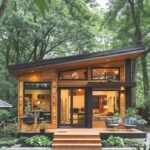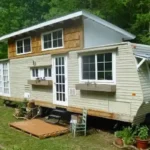Discover why tiny houses are redefining modern living in 2025 — from affordability to sustainability, and where to find the best designs.
In recent years, the idea of living small has transformed from a fringe movement into a global lifestyle choice. By 2025, tiny houses are no longer seen as compromises but as stylish, sustainable, and even luxurious homes. People are discovering that downsizing doesn’t mean giving up comfort. On the contrary, it means gaining freedom.
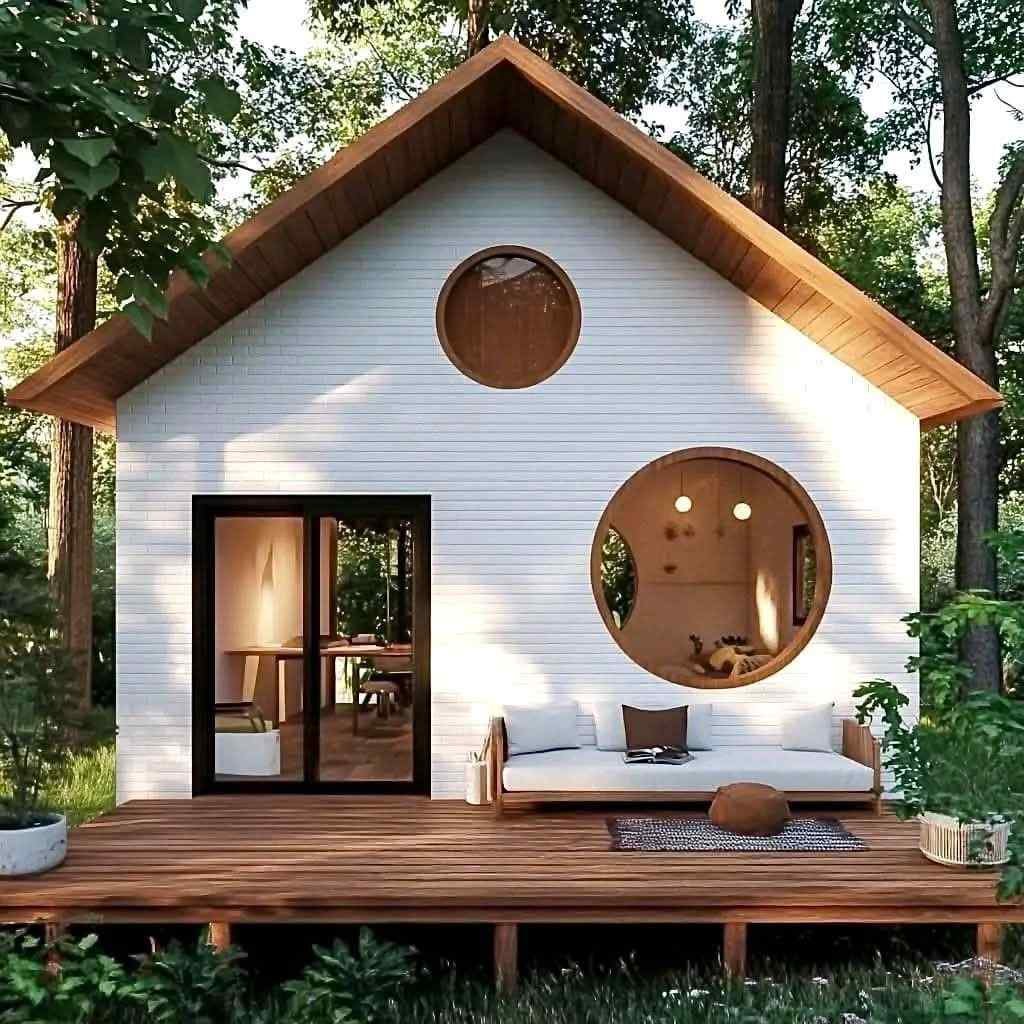
The Rise of the Tiny House Movement
The tiny house movement first gained attention as a response to rising real estate prices and the increasing desire for minimalist living. But today, it’s about more than affordability. It’s about living intentionally. Instead of being tied down by a large mortgage or endless maintenance, homeowners are embracing compact spaces that prioritize function, beauty, and flexibility.
Moreover, as urban areas grow denser, tiny houses provide an adaptable solution. They can fit in a backyard, serve as guest homes, or become a mobile lifestyle on wheels. This flexibility is exactly why 2025 is shaping up to be the golden year of tiny houses.
Why 2025 Is a Turning Point
Affordability and Financial Freedom
One of the strongest reasons people are choosing tiny homes in 2025 is the cost factor. Housing markets remain unpredictable, but tiny houses are budget-friendly and much easier to maintain.
- Lower mortgage or no mortgage at all
- Reduced utility bills
- Minimal upkeep costs
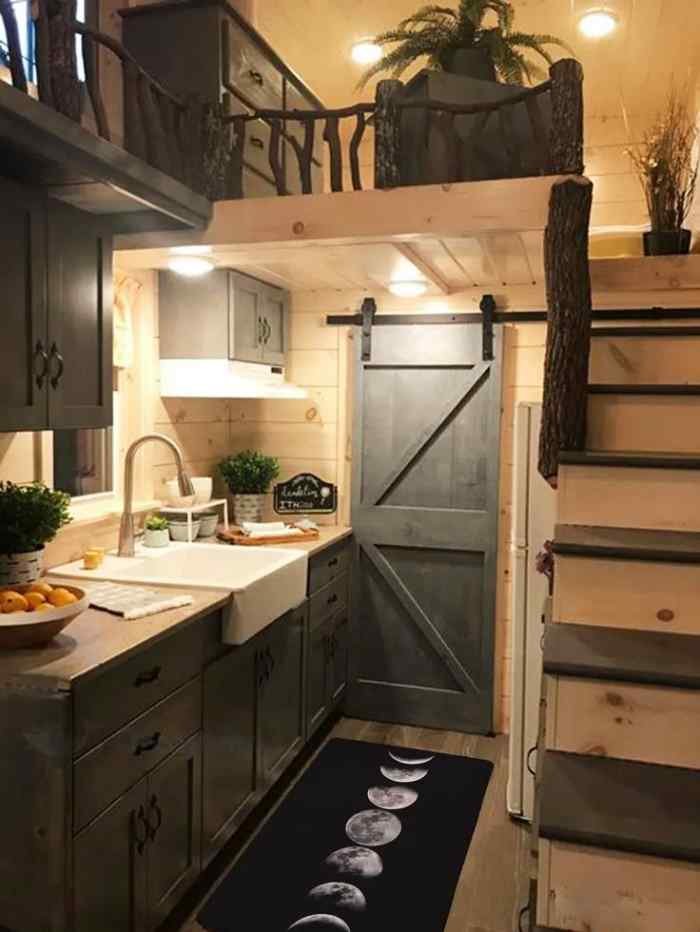
As a result, many young professionals and retirees alike are turning to tiny houses as a way to gain financial freedom without sacrificing comfort.
Sustainability and Eco-Friendly Design
In addition, sustainability has become a driving force. More buyers are drawn to homes that use recycled materials, integrate solar panels, and feature off-grid systems like compost toilets and rainwater harvesting.
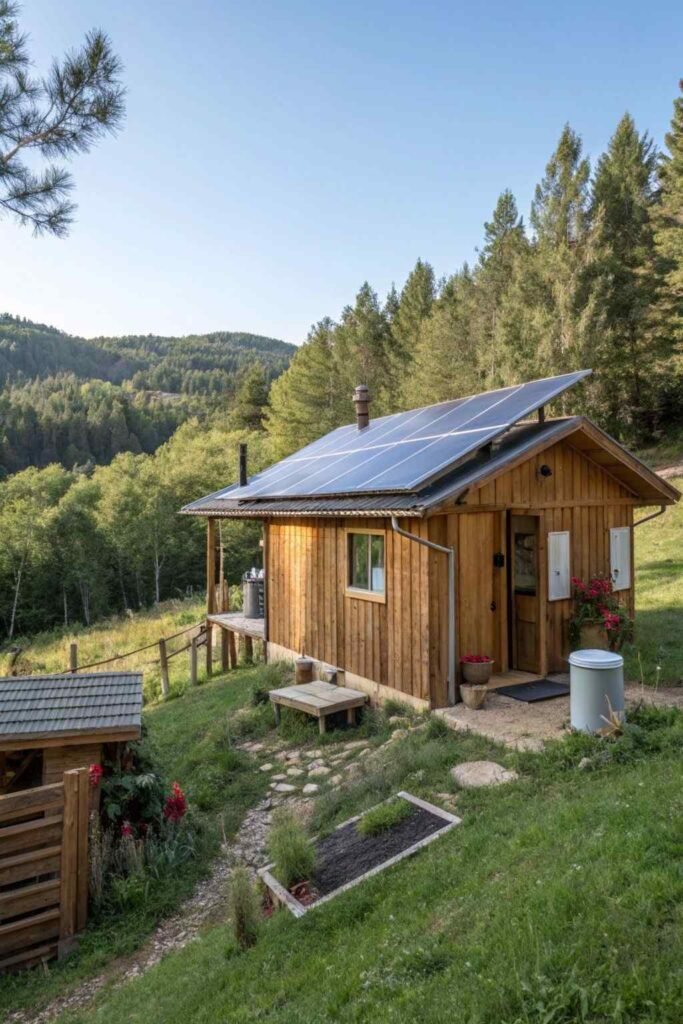
This shift toward eco-conscious living means that the tiny houses of 2025 aren’t just small—they’re smart, efficient, and future-ready.
Popular Design Trends for 2025
Minimalist Modern Lofts
Clean lines, open layouts, and large windows define the modern loft-style tiny house. These homes maximize natural light and create a sense of openness, even in small square footage.
Rustic Woodland Retreats
On the other hand, rustic cabin-style tiny houses continue to attract people who want to live closer to nature. Built from reclaimed wood and designed to blend into forested landscapes, these homes feel cozy and grounding.
Mobile Tiny Houses on Wheels
Furthermore, the rise of remote work has fueled interest in tiny homes on wheels. Owners can travel freely, working from mountain lakesides one month and sunny beaches the next.
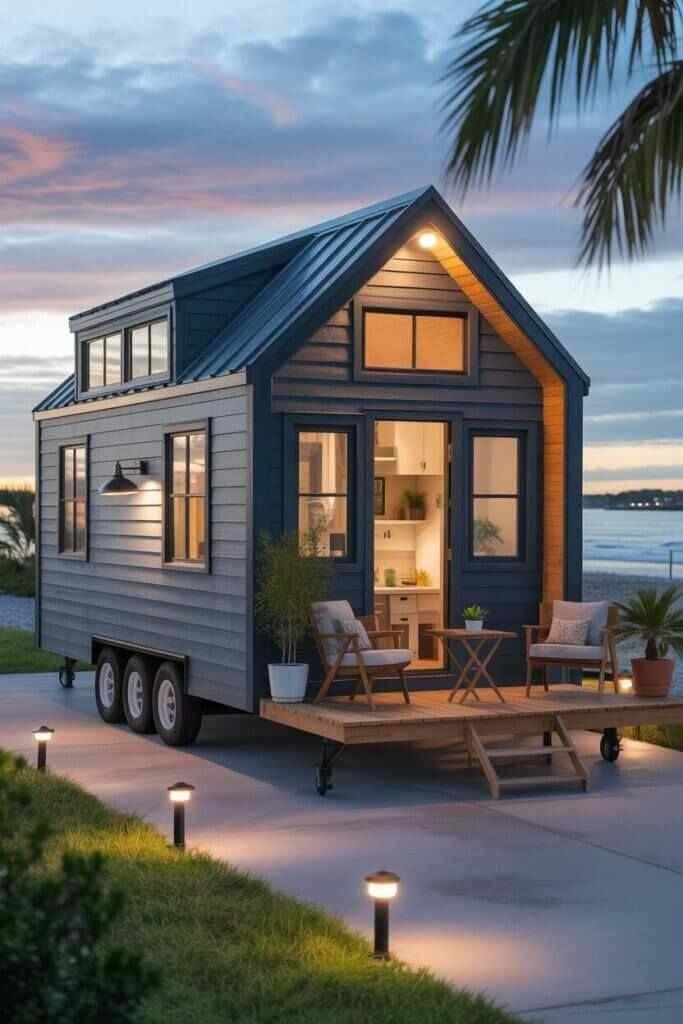
Where to Find Inspiration for Your Tiny Home
If you’re exploring this lifestyle, inspiration is everywhere. Pinterest boards, Facebook communities, and Reddit forums are buzzing with creative layouts and design hacks.
For curated collections, one of the most helpful places is Tiny House Wow, which shares daily inspiration and showcases how diverse tiny house living can be.
Don’t miss their feature article: Top 25 Tiny Houses for 2025. It highlights some of the most beautiful, innovative, and practical designs for this year—a perfect starting point if you’re dreaming of your own tiny home.
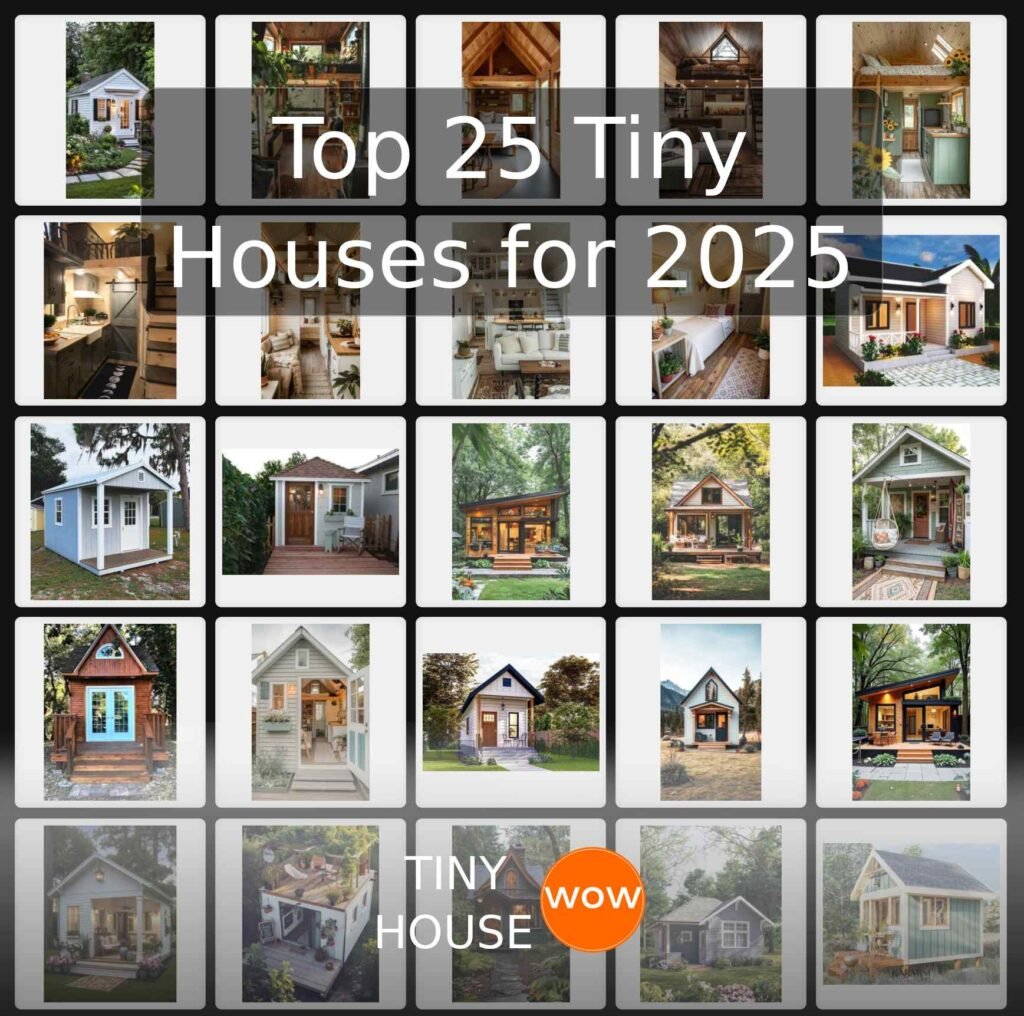
Final Thoughts — Downsizing Is the New Luxury
Ultimately, 2025 proves that living in a tiny house is not about sacrificing comfort. It’s about redefining luxury. For many, luxury now means freedom from debt, the ability to travel, and a lifestyle that feels lighter on both the wallet and the planet.
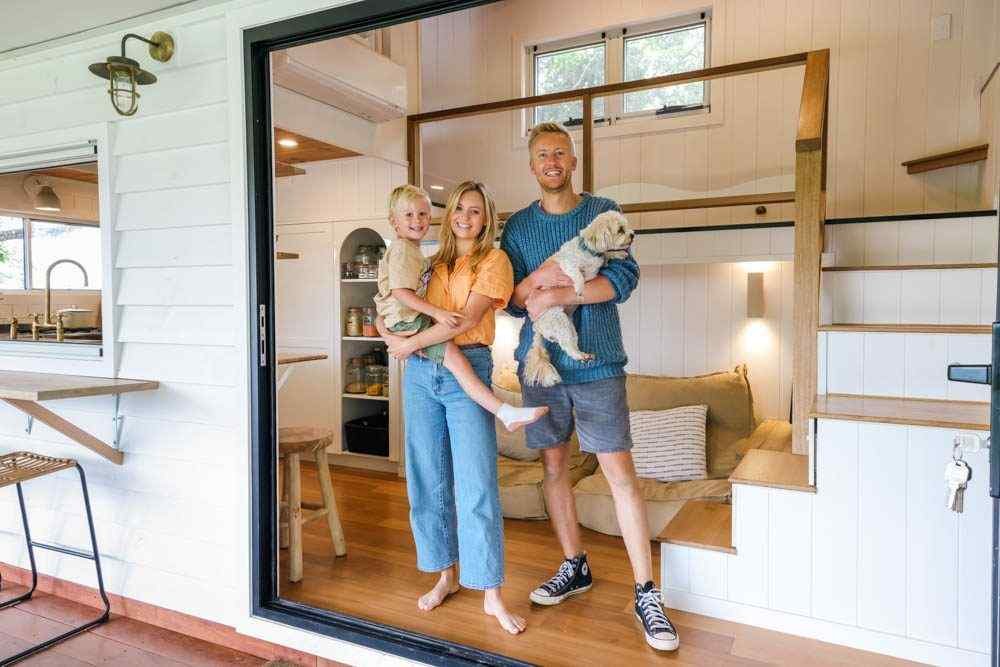
As we move forward, downsizing is no longer just a financial decision—it’s a conscious lifestyle choice. And in this new era, living small truly means living large in experiences, creativity, and sustainability.


